Bose Smart Soundbar review: a true Sonos competitor
Bose's soundbar features upfiring speakers for great Dolby Atmos delivery


Compact, well-made, and with a lot of sonic positives, the Bose Smart Soundbar is a real competitor if spatial audio is your thing. If you enjoy stereo content too, though, it’s not exactly a no-brainer given the strength of competition.
-
+
Open, well-defined sound with good levels of detail and drive
-
+
Useful app and good control options
-
+
Nice standard of build and finish
-
-
Not the last word in low-frequency presence
-
-
Lacks room calibration of some rivals
-
-
‘TrueSpace’ cannot be switched off
Why you can trust T3

Bose has decided to rationalise its soundbar range – ‘words’ rather than ‘numbers’ are now the order of the day, and it’s no longer as extensive a range as it once was.
This new Smart Soundbar on review may not look all that new – in fact, it looks an awful lot like the outgoing Smart Soundbar 600 – but Bose thinks a new feature or two, plus an actual (rather than virtual) spatial audio configuration, will be enough to set it apart.
So just how competitive is the Bose Smart Soundbar among the best soundbars money can buy? Read on and find out...
Price & Availability
The Bose Smart Soundbar is on sale now, and in the United Kingdom it’s priced at £499. In the United States you’re looking at $499, while in Australia you should expect to pay AU$799 or something very like it.
This is proper money for a small soundbar, it hardly needs stating, even one that’s designed to have a proper stab at spatial audio and that is from a brand with nothing to prove. However, as you can see from the embedded shopping widget above, price-cut deals are now available.
The Beam Gen 2 by Sonos, for instance, may be approaching veteran status, but it’s still one of the products to beat in this category. And the same is true of the newer, and similarly well-regarded, Sennheiser Ambeo Mini. But the Bose Smart Soundbar does have a point of difference…
Features & What's New?

The Bose Smart Soundbar is, essentially, a remix of the company’s well-regarded and very successful Smart Soundbar 600. That means it’s arranged in a 3.0.2 configuration, with side- and up-firing drivers attempting to offer some sonic height and width.
Get all the latest news, reviews, deals and buying guides on gorgeous tech, home and active products from the T3 experts
In this respect, it’s ahead of both its Sennheiser and Sonos rivals, which use digital signal processing, rather than physical speaker drivers, to generate a similar sensation of Dolby Atmos spatial audio.
Bose being Bose, of course, the size and composition of the five onboard drivers is an inexplicably closely guarded secret, as is the overall frequency response of the soundbar. Mind you, Bose is not alone in sticking with Dolby Atmos as its spatial audio preference, leaving DTS:X out of the equation.
If you’re at all familiar with the 600, there’s really not a lot to differentiate it from this Smart Soundbar – except for the compatibility with the Bose Ultra Open Earbuds this newer product enjoys. If you own a pair of those wireless earbuds, and you don’t mind wearing them to watch TV, the Smart Soundbar will pair with them and use them as rear channels to create what Bose calls a ‘Personal Surround’ effect.
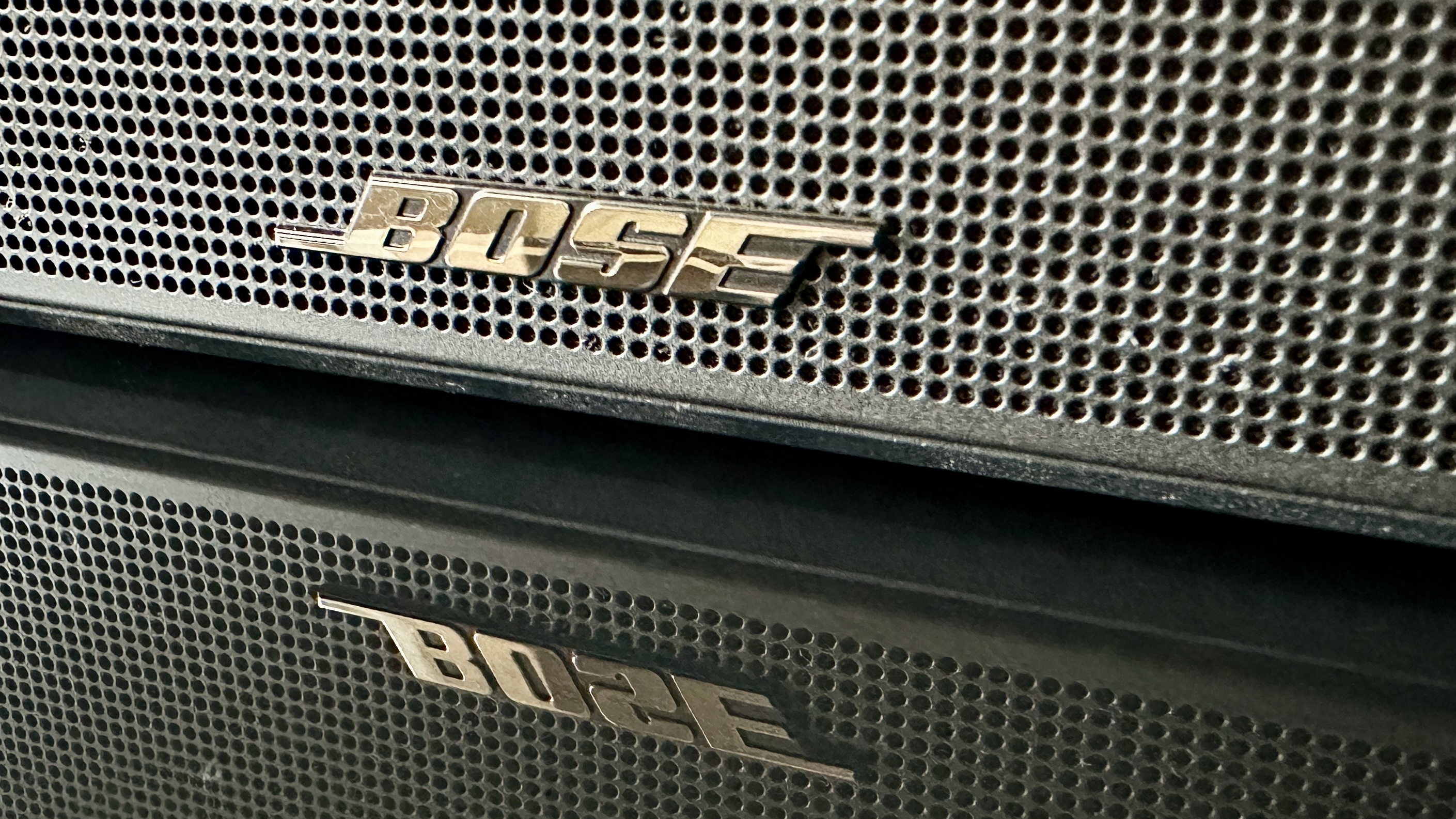
The Bose TrueSpace algorithm, meanwhile, intends to extract a sensation of spatial audio even from content that hasn’t been mixed this way – which is a fine idea, up to a point. But the fact that TrueSpace is always on, even if you’re listening to two-channel music, may not be ideal for everyone in every circumstance.
Still, at least the ‘AI Dialogue Mode’, which helps project voices (especially) and the midrange (in general) forwards in the interests of intelligibility, can be switched on or off in the control app. There are times when it can be very useful and some people will largely appreciate its presence.
A feature that’s missing when you compare the Bose to its most obvious price-comparable rivals is any kind of room calibration. Both Sennheiser and Sonos include this facility, and there’s no doubt it helps their products do their best work in any specific environment. Bose quite obviously feels the Smart Soundbar is a product for every occasion, regardless…
Performance
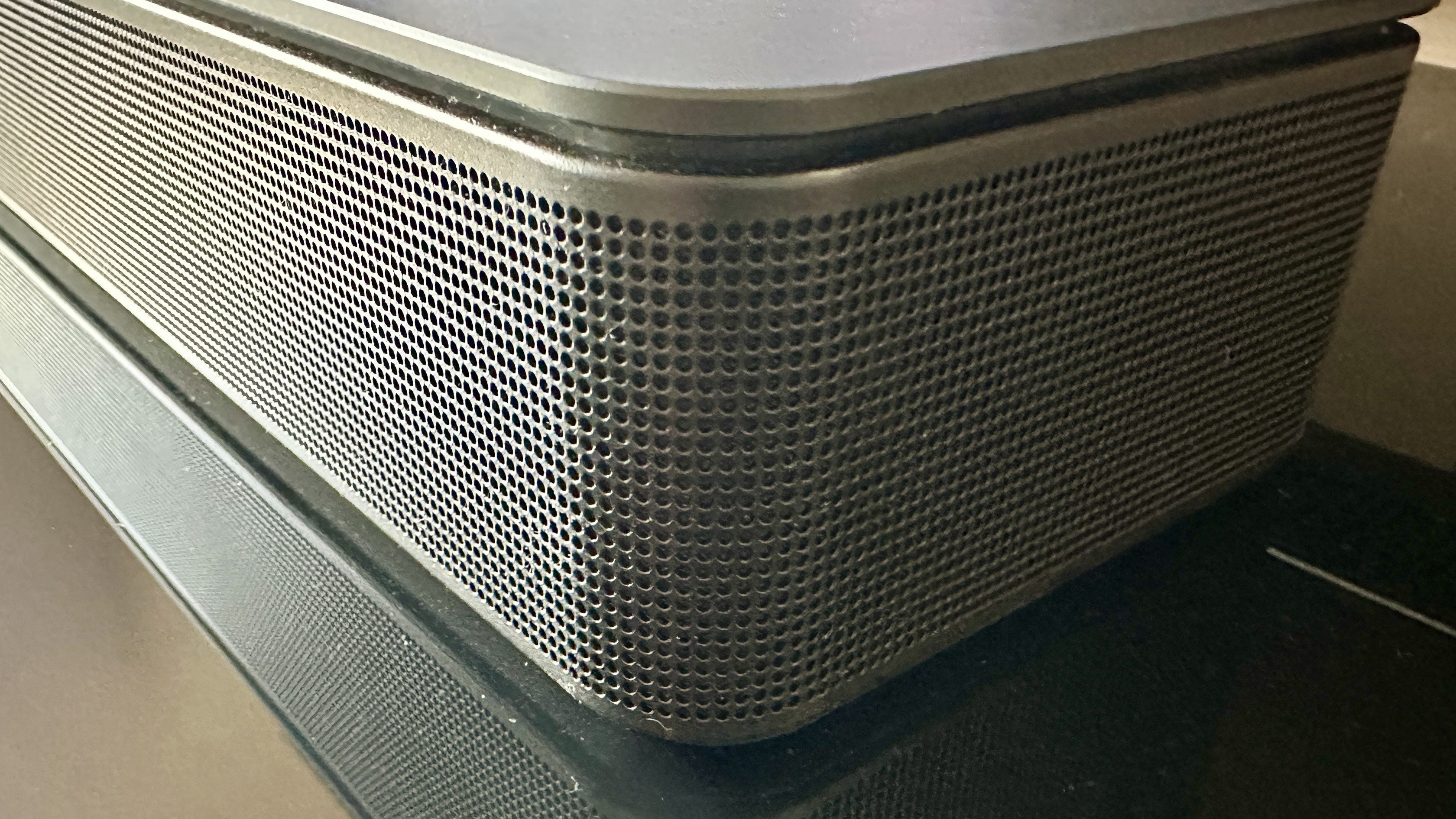
During the course of this test I listen to movie content that’s been mixed in Dolby Atmos, movie and TV programming that hasn’t, music via the Tidal app loaded onto my TV, and the soundtrack to games via a PlayStation 5.
So it’s nice to be able to report that the Bose Smart Soundbar plays no favourites – no matter what you’re listening to, and no matter from where it originates, this soundbar handles it in a consistent fashion.
It’s a very listenable device, and an obvious and significant upgrade on the unassisted sound of my (new-ish and fairly expensive) OLED TV. It’s a direct and quite positive-sounding device, one that’s able to extract a whole lot of detail from a soundtrack and put it into convincing context without getting all analytical about it.
With native Dolby Atmos content it creates significant width and, yes, more than a hint of height to the sound. The soundstage it generates is properly organised, nicely defined and easy to follow – and the ability to project sound above the upper edge of the TV screen it's accompanying makes for a quite immersive listen.
Its tonal balance is fairly neutral and, while it’s not the last word in low-frequency presence or impact, the bass it creates is solid and controlled – there’s a reasonable amount of punch, as long as you keep your expectations realistic.
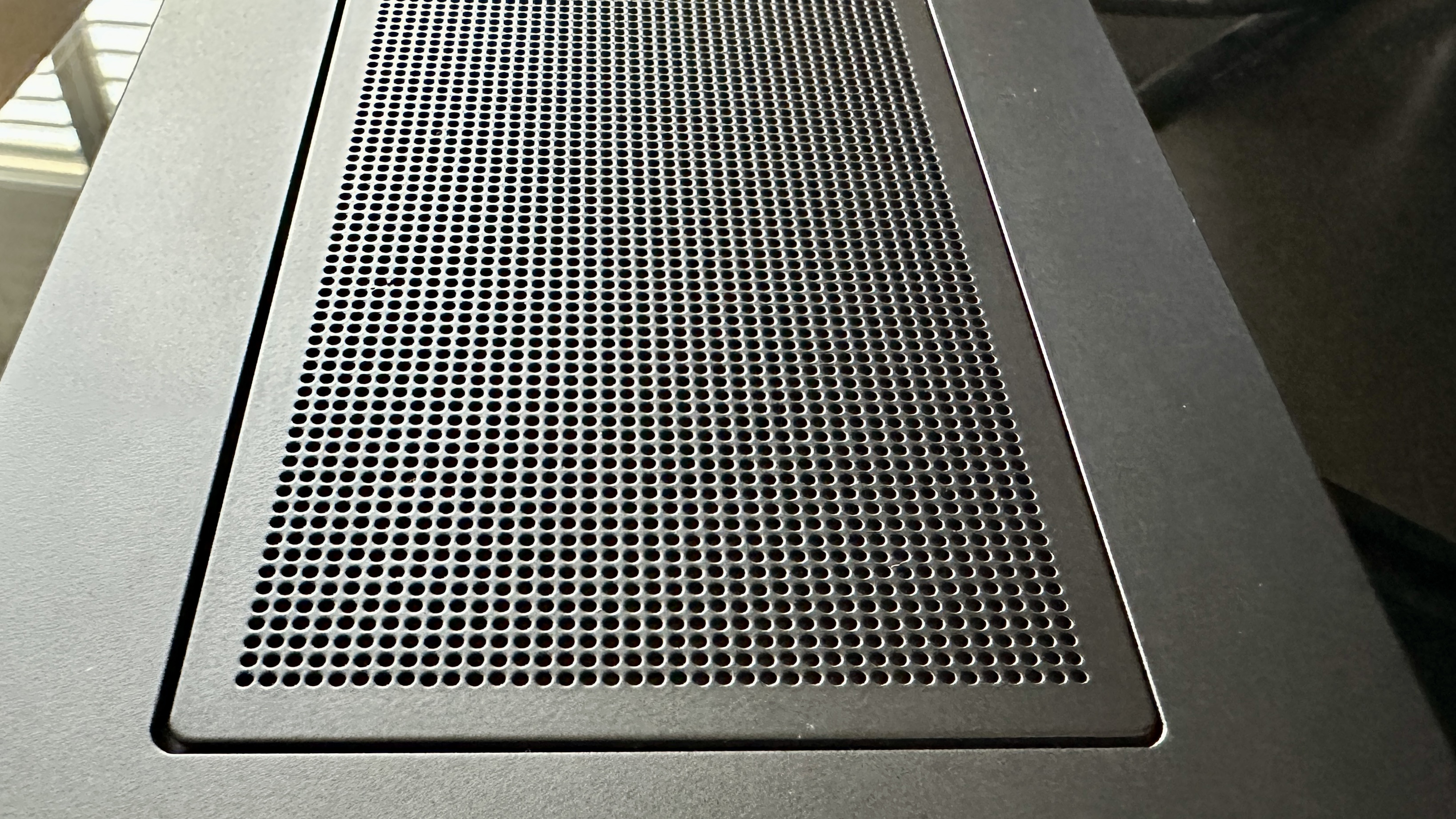
The top-end is fractionally rolled off, which in the context of the work the Smart Soundbar is likely to be asked to do is probably sensible. The Bose can do ‘bite’ and ‘shine’ if it has to, but even if you wind the volume level a long way upwards (and this soundbar will go pretty loud if you so desire) it’s never going to let treble sounds get out of hand.
In the middle, meanwhile, the midrange is articulate, detailed and projects well – and with the AI Dialogue Mode switched on you’ll never be in any doubt as to what’s just been said. Even in a Christopher Nolan film.
Integration of the frequency range is smooth, helped no doubt by the relative lack of digital sound processing that’s going on. And there’s a reasonable amount of dynamic headroom available for those moments when the soundtrack switches from ‘whispered exposition’ to ‘almighty explosion’.
Non-Atmos multichannel soundtracks fare reasonably well too, with the TrueSpace algorithm demonstrating a fairly light touch. But when you step down to stereo information, whether it’s a TV broadcast or some music, the Smart Soundbar’s insistence on using all its drivers, all the time, is not such a positive thing.
The soundstage can get a little vague and hazy, and the control and definition that’s a big part of the multichannel presentation can fall away too. The ability to switch TrueSpace off would presumably help rectify things, so might we expect a firmware upgrade in the future? Fingers crossed...
Design & Usability
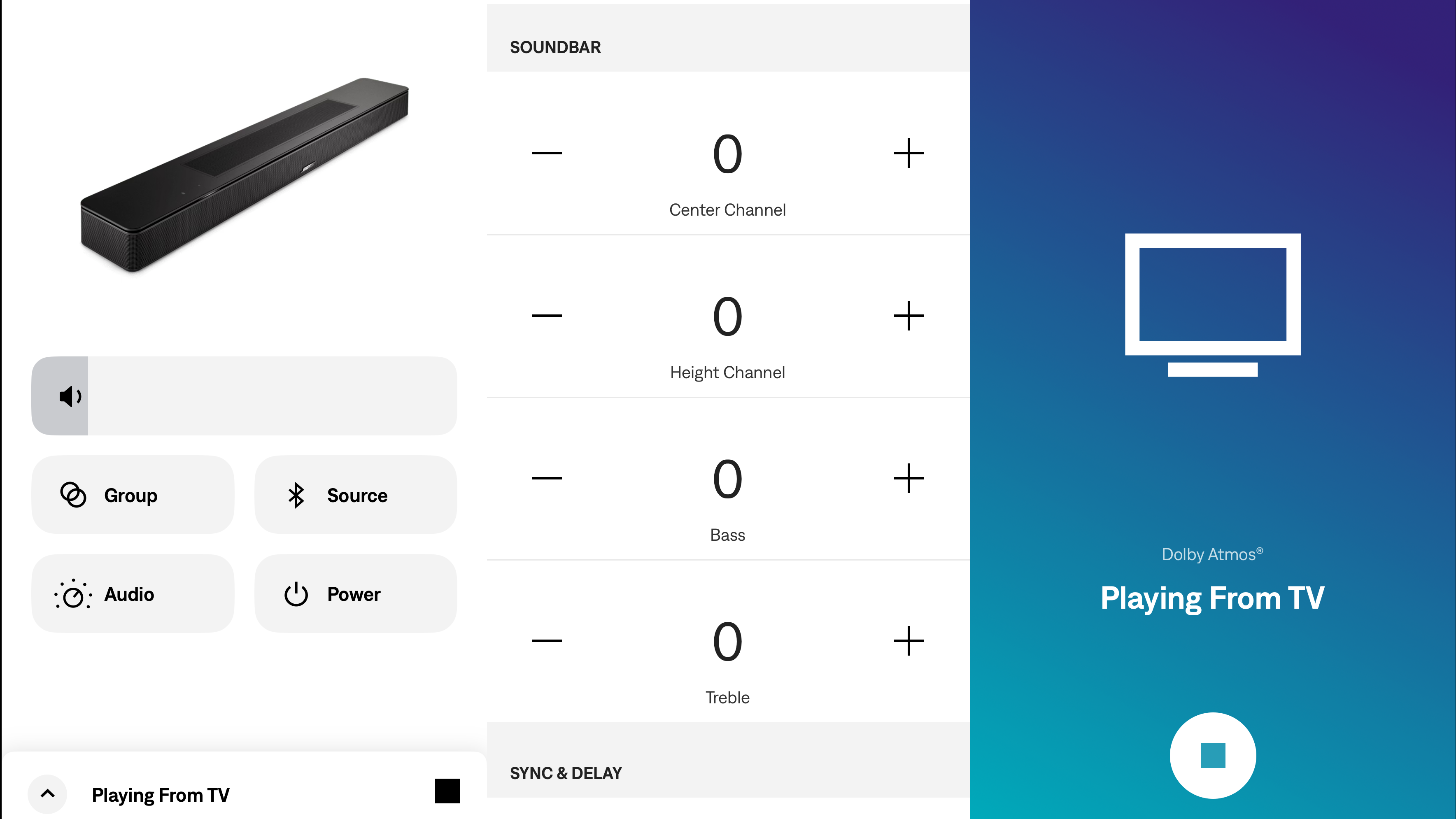
Again, I’m going to use the Smart Soundbar 600 as a reference. This Smart Soundbar is the same 56 x 694 x 104mm (HxWxD) measure and, thanks to its areas of grille which wrap around the sides and front of the ‘bar and cover a large area of its top surface, is visually identical.
That’s by no means a bad thing, you understand – both Bose soundbars are discreet and quite elegant lookers. Build quality is very similar too, which is to say it’s basically impeccable – where there are plastics, they’re of high quality and actually quite tactile. Everything is screwed together properly and feels ready to last for the long haul.
There’s a little recess at the rear of the body of the soundbar – this is where all physical connectivity is stashed. An HDMI eARC input, figure-of-eight connection for mains power, a digital optical socket, a 3.5mm output for use with a subwoofer, and an IR port for an infrared emitter constitute your connections, plus there’s also a micro-USB slot for servicing. There’s dual-band Wi-Fi and Bluetooth 4.2 for wireless connectivity – the former makes Apple AirPlay, Chromecast and Spotify Connect available.
The Smart Soundbar ships with a little rubbery-and-clicky remote control that is sized to disappear forever down the back of the sofa. Happily, the soundbar is also compatible with the Bose Music app, which offers granular control of every aspect of the Smart Soundbar’s performance, as well as allowing you to group it with other Bose speakers (as well as with the Ultra Open Earbuds).
Amazon Alexa is built in for those who enjoy the sound of their own voice – the mic array proves more than adequate for spoken interactions. And there are a grand total of two touch controls on the top of the soundbar itself – a mute/unmute mic control and an action button that can be used to goad Alexa into a state of readiness.
Bose Smart Soundbar review: Verdict
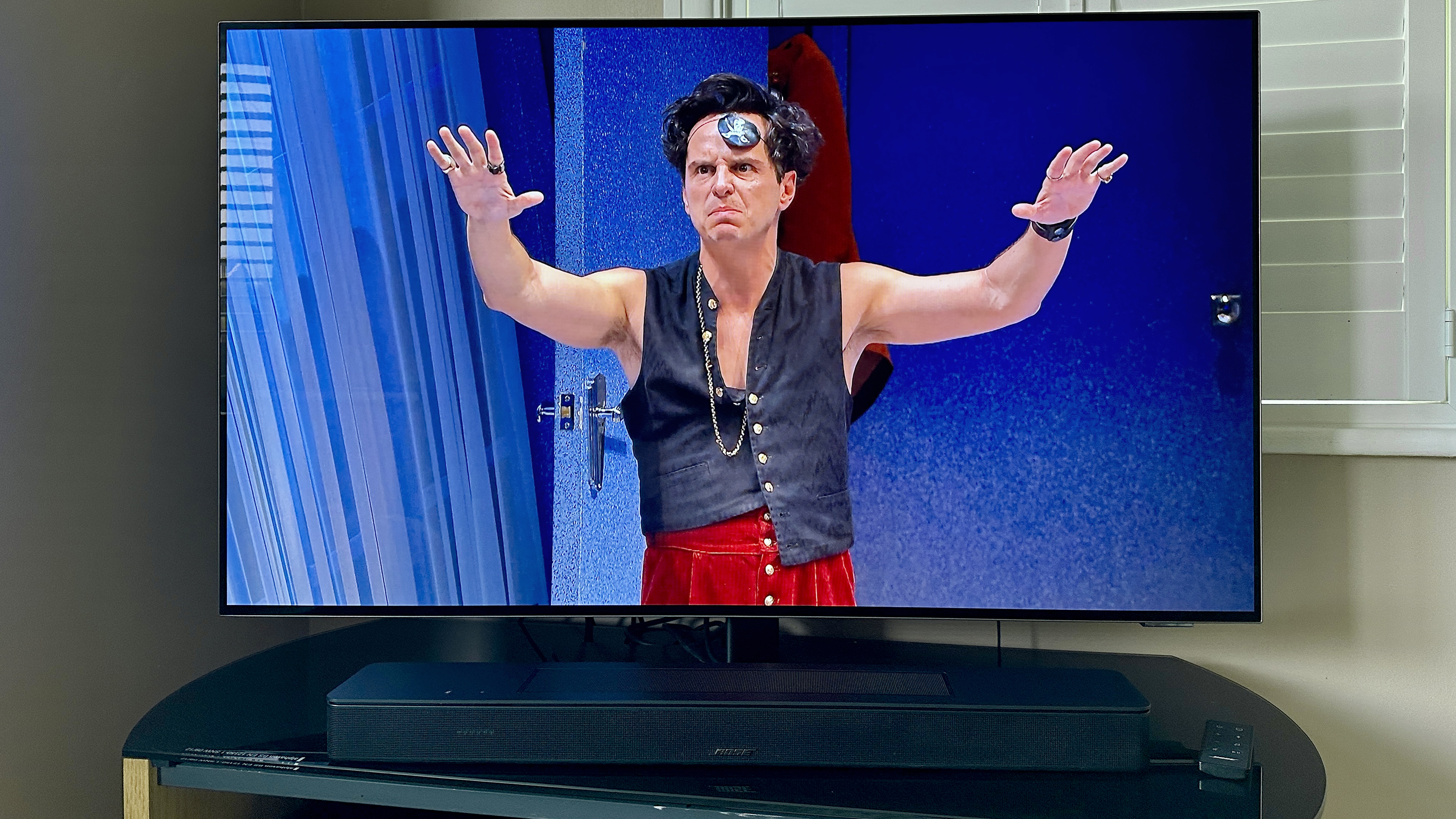
If your new soundbar is going to deal with Dolby Atmos content in particular and multichannel stuff in general, the Bose Smart Soundbar is an ideal Sonos alternative.
It’s certainly capable of a more immersive presentation than many alternatives that go without up-firing speaker drivers. But its insistence on turning everything into a spatial audio extravaganza is a bit of a double-edged sword.
Overall, however, this compact and well-made soundbar delivers a lot of sonic positives in a single bar package that'll suit and vastly improve many people's TV setups.
Also consider
The Sonos Beam Gen 2 remains a very likeable and listenable little soundbar. It can only virtualise the effect of spatial audio, of course, but it does so very well.
Or the Sennheiser Ambeo Mini has become quite a lot more affordable in recent months – and it sounds much bigger than its 'Mini' namesake might suggest (and costs more, too, frankly!).
Simon Lucas is a freelance technology journalist and consultant, with particular emphasis on the audio/video aspects of home entertainment. Before embracing the carefree life of the freelancer, he was editor of What Hi-Fi? magazine and website – since then, he's written for titles such as Wired, Metro, the Guardian and Stuff, among many others. Should he find himself with a spare moment, Simon likes nothing more than publishing and then quickly deleting tweets about the state of the nation (in general), the state of Aston Villa (in particular) and the state of his partner's cat.
You must confirm your public display name before commenting
Please logout and then login again, you will then be prompted to enter your display name.
